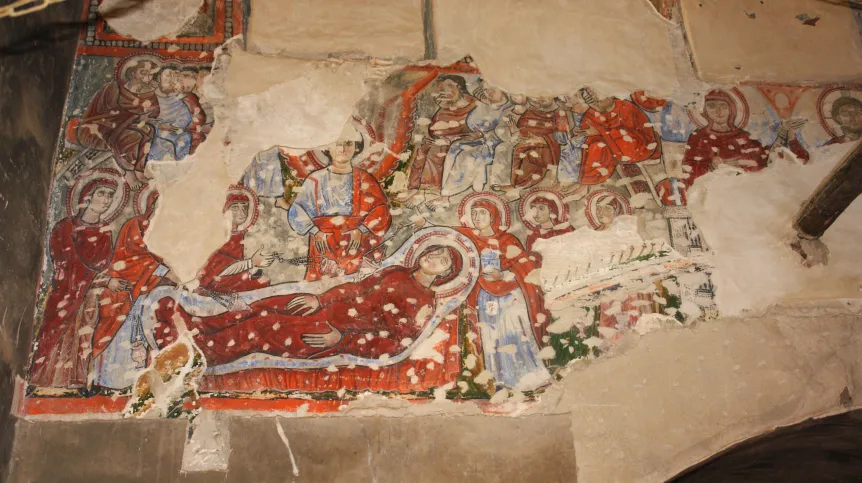
Paintings by Syrian artists from the Middle Ages found in a medieval church in Egypt are now being restored to their former glory.
The artwork found over the past 20 years previously hidden under plaster and other paintings in the church of Deir al-Surian (Arabic: Syrian Monastery) located in the Wadi El Natrun valley in the northern part of Egypt, roughly between Cairo and Alexandria, were in poor condition or hidden from sight.
The restoration team led by Dr. Dobrochna Zielińska from the Faculty of Archaeology of the University of Warsaw and Dr. Karel Innemée from the Department of Ancient History of the University of Amsterdam, found not only paintings from the 9th to 13th century, but also many from before the arrival of Syrian monks, from the 7th century.
Dr. Zielińska said: “When we started our work, the interior of the church was almost entirely covered with grey plaster. paintings from hundreds of years ago were visible only in a few places. During our several years of work, we managed to uncover many mural paintings, including those made by monks who came here from Syria.”
The paintings discovered under later layers are over 1,000 years old. In the 9th century, Christian monks from the region of Mosul (then part of the Greater Syria, now northern Iraq) came to Egypt. They were welcomed by the local community of monks and allowed to use one of the churches, the Church of the Virgin Mary at Deir al Surian. They commissioned paintings in a style and with an iconography that was so far unknown in Egypt.
Zielińska said: “These are very complex theological images including, for example, the rarely shown God the Father in the form of an old man with a grey beard, or the unique scene of the Dormition of the Mother of God incensed by the Seven Virgins known only from apocryphal texts.
“The full range of saturated colours is also noticeable. This is due to the use of the encaustic painting, which involved using heated beeswax to which colored pigments are added, sometimes with the addition of drying oils to increase the liquidity of the paint.”
Cristobal Calaforra-Rzepka, head of the conservation team financed by the National Science Centre and the Dutch Dioraphte Foundation said: "It was a surprise, because this technique had been known in Egypt hundreds of years earlier. It was used, for example, to decorate coffins from the 1st century. The Fayum mummy portraits showed the deceased in a very realistic way. We did not think that Christian monks knew this technique.”
Scholars of the team discovered that the church was rebuilt in later times in several places and they did expect to find paintings in the sanctuary. Meanwhile, they came across compositions in the form of a great cross made of floral ornaments. There are also scenes relating to the Eucharist and the sacrifice of Abraham. They come from the 10th century, which means that they were made by Syrian immigrants.
Although the church and the accompanying monastery are called Syrian, today it is inhabited by local Coptic monks of the Coptic Orthodox Church. Syrians quickly assimilated with local community.
Deir al-Surian is located in the Natron Valley, which is considered a cradle of Christian monasticism. It is home to the oldest monasteries in Egypt and some of the oldest monasteries in the world, functioning continuously for about 1,500 thousand years.
PAP - Science in Poland
author: Szymon Zdziebłowski
szz/ agt/ kap/
tr. RL
Gallery (4 images)
-
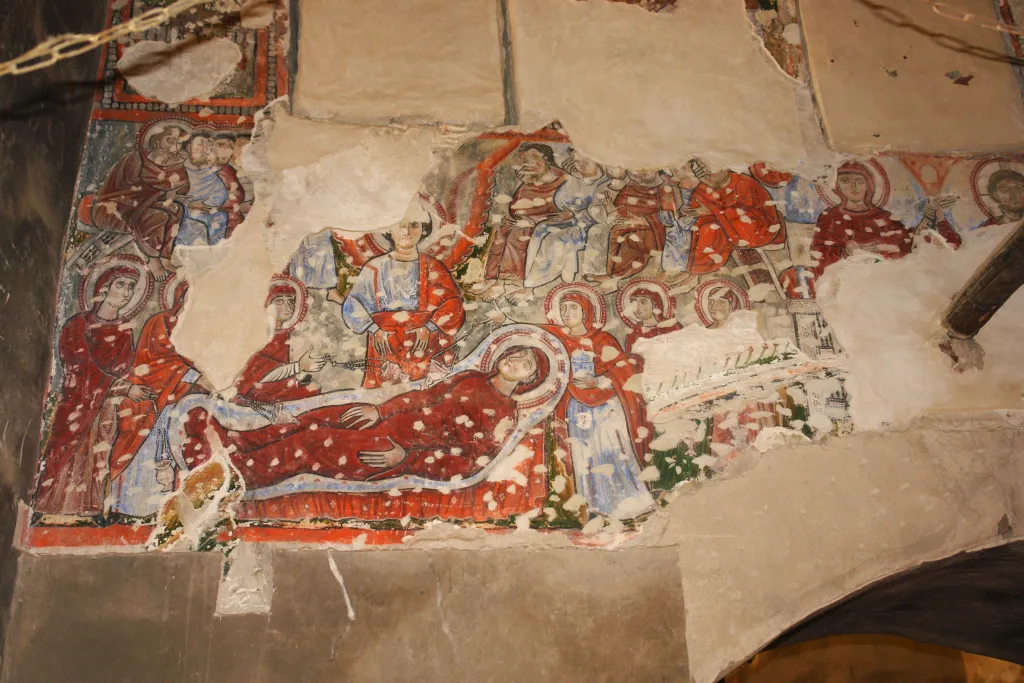 1/4Photo: dr. Karel Innemée
1/4Photo: dr. Karel Innemée -
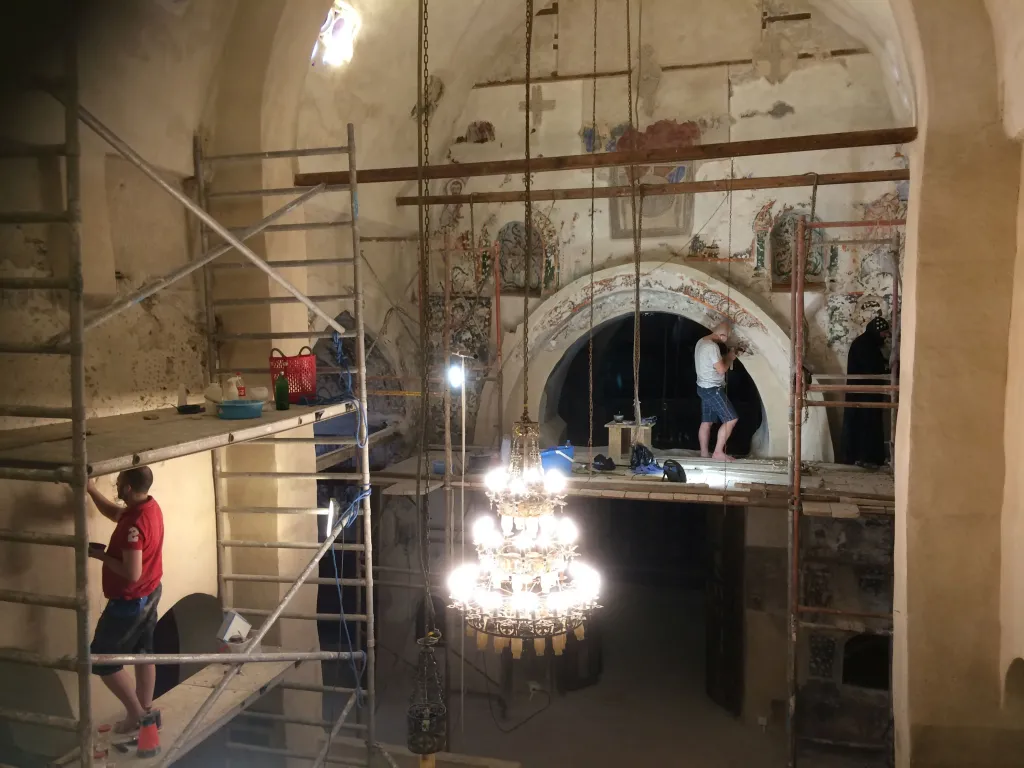 2/4Photo: dr. Karel Innemée
2/4Photo: dr. Karel Innemée -
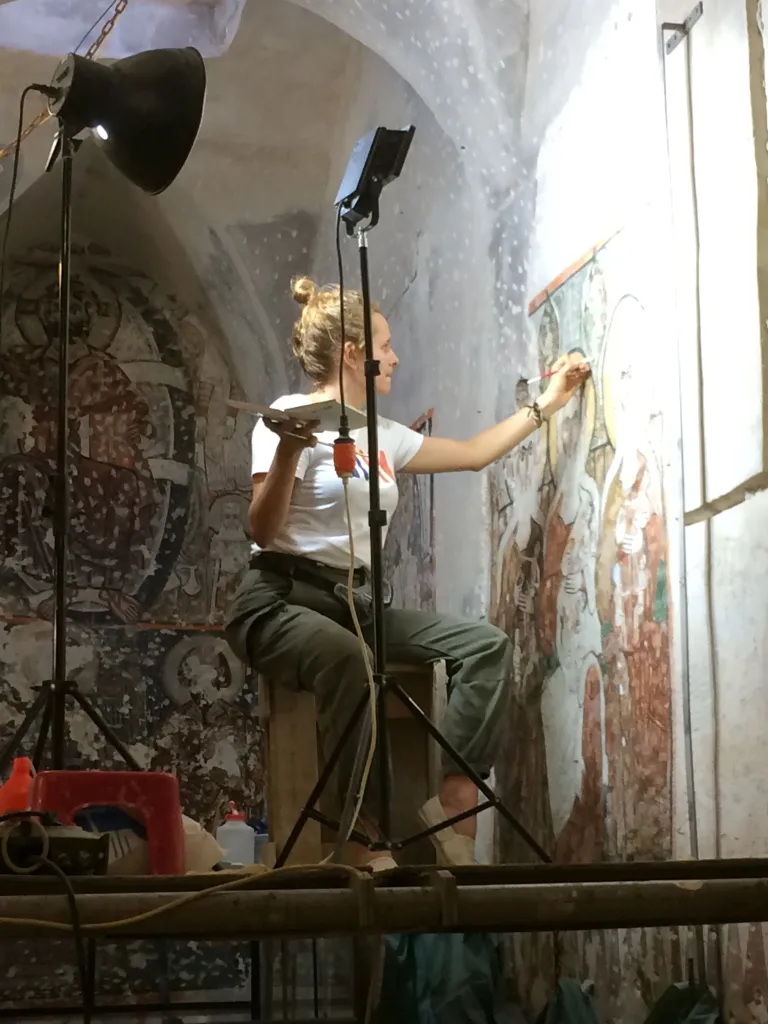 3/4Photo: dr. Karel Innemée
3/4Photo: dr. Karel Innemée -
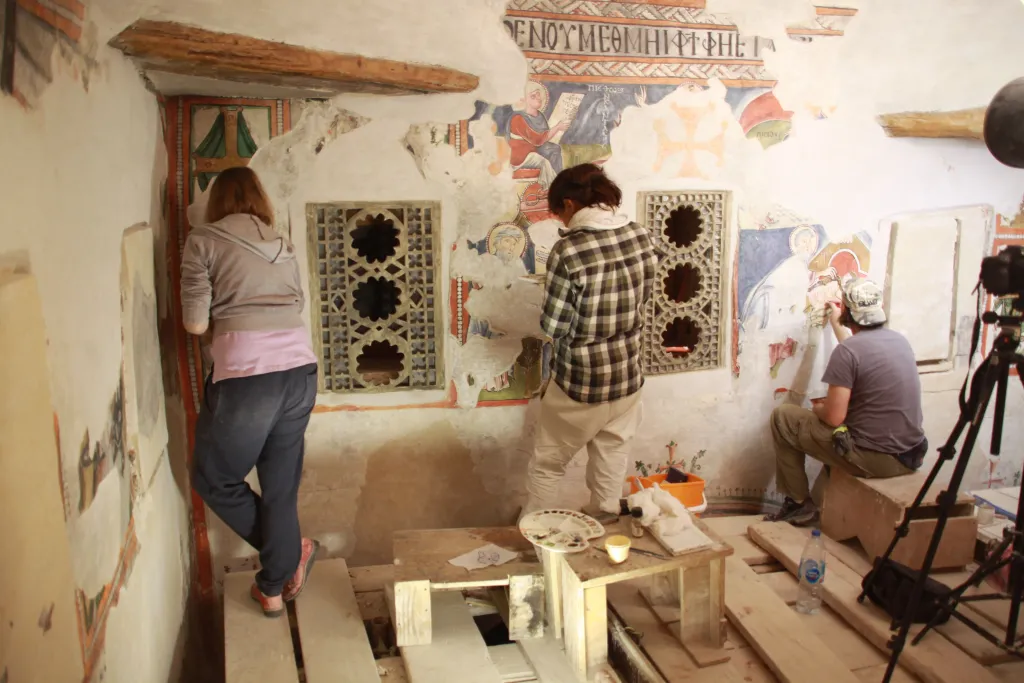 4/4Photo: dr. Karel Innemée
4/4Photo: dr. Karel Innemée













